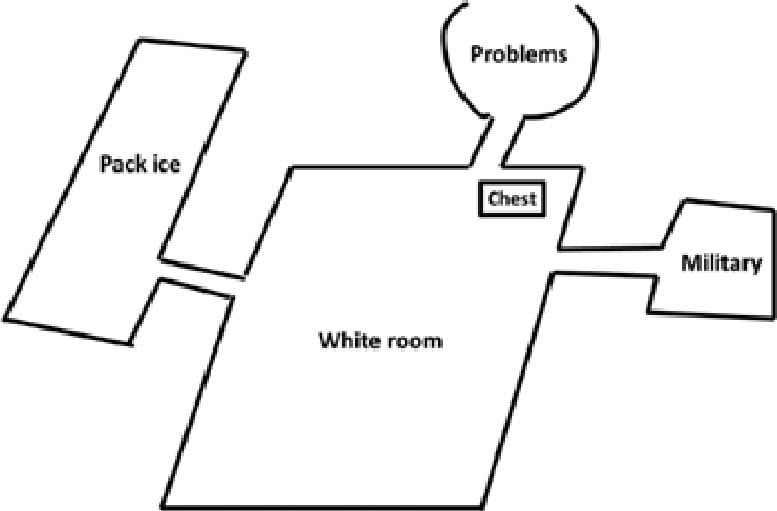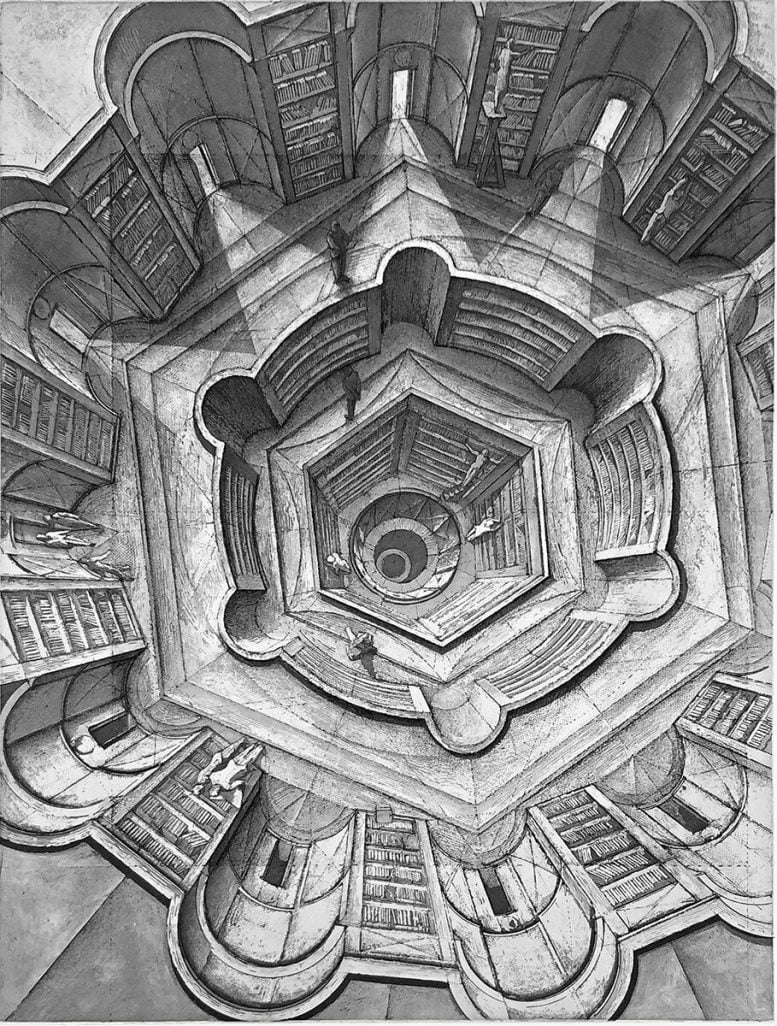Scientists explore the mysteries of autobiographical hypermnesia

The researchers examined a girl with an exceptional memory reminder. His case could transform understanding of how we relive the past and imagine the future.
Autobiographical memory is the ability to recall personal experiences that have shaped us since childhood. It includes both emotional and sensory memories of people, places and events, as well as factual details such as the names and dates that help us situate when we try to recover a moment from the past.
For most individuals, the clarity of these memories varies over time or personal meaning. Because memory is dynamic, memories often lose details, disappear entirely or are partly rebuilt. However, in very rare cases – some documented in the scientific literature – some people can access such an abundance of autobiographical details that they can connect specific events to precise calendar dates.
“In these individuals, known as hyperthymized, memories are carefully indexed by date. Some will be able to describe in detail what they did on July 6, 2002, and again experiment with the emotions and sensations of this day, “explains Valentina La Corte, research teacher at the laboratory of memory, brain and cognition of Paris Cité University.

The ability to recall personal experiences contributes to the construction of our life story and strengthens our feeling of identity. Autobiographical memory is closely linked to a form of consciousness called “autonatic”, which allows us to mentally revisit the past, to imagine the future or to imagine hypothetical scenarios.
Individuals suffering from hyperthyme (also called autobiographical hypermnesia) can make this mental journey in time with liveliness and ease of strike. “The study of this atypical cognitive functioning could help us to better understand the functioning of autobiographical memory, as well as the neurological disorders which affect it,” explains Laurent Cohen, neurologist and co-responsible for the Picnic Lab at Paris Brain Institute.
A memory palace to organize memories
Reports in scientific literature and media accounts often portray hyperthymy as a heavy feature, where painful or even traumatic memories accumulate without control. Some people with this capacity also describe to be flooded with trivial or useless details.
On the other hand, Valentina La Corte and Laurent Cohen studied the case of TL, a 17 -year -old girl who seems to manage her access to memory with a remarkable degree of control.
It makes a clear distinction between two categories of memory. Its “black memory” consists of encyclopedic information, mainly learned at school, which has little or no emotional meaning. On the other hand, her personal memories are organized in an elaborate mental setting – a kind of memory palace – which she can call at will.
These are deposited by theme and chronological order in the binders, which are kept in a room with a very low ceiling which it calls “the white room”. It mentally analyzes them to recover episodes linked to his family life, holidays, friends or childhood objects. Some memories are even stored in the form of text messages or photographs.
The girl uses mental representation tools to isolate memories related to negative emotions such as sadness, sorrow or distress. For example, the death of his grandfather is held in a trunk inside the white room. She also uses two adjacent rooms: a piece of “ice pack” she uses to appease her anger, a “problems” room to think about the difficulties, and a “military room” populated by soldiers, who appeared in her mind when her father left the house to join the army.
Autobiographical memory assessment
Researchers lack robust tools to verify whether hyperthymatic memories are reliable, especially when they concern distant periods. Like the rest of the population, hyperthymess are subject to false memories and distortions of memory.
However, Valentina La Corte and Laurent Cohen used the episodic test of autobiographical memory (Tempeau) and the temporal task of extended autobiographical memory (teeeam), which evaluate the ease with which people can travel mentally in time, the richness of the memories they report and the way they relate to their own story.

Their results indicate that TL revives moments of his life with exceptional intensity and liveliness. Sometimes, as an external observer, sometimes as a protagonist, it can re -examine the details from different points of view. When the researchers asked her to imagine future events, she provided an unusually rich quantity of temporal, spatial and perceptual information, far beyond that an ordinary person can produce.
These observations strengthen the idea that mental journey in the future is based on mechanisms similar to those used in conscious exploration of the past. In both cases, sensory information seems to play a crucial role.
New avenues for research
“Autobiographical hypermnesia also seems closely linked to synesthesia, a neurological condition in which the treatment of a sensory modality implies at least two senses. For example, synesthetics can hear colors, see sounds or the taste of music. Even if TL is not a synenthete, several members of his family are.
Some studies suggest that hyperthymenism is associated with an overactivation of the brain networks involved in autobiographical memory and certain visual areas. However, no neuroanatomical difference has yet been found between hyperthymetic and individuals with typical memory.
“It is difficult to generalize the results on hyperthymized, because they only count on a few cases. Does aging affect the memories of these people? Do their mental time travel capacities depend on age? Perhaps they learn to control the accumulation of memories? We have many questions, and everything remains to be discovered.
Reference: “Autobiographical hypermnesia as a particular form of mental time travel” by Valentina La Corte, Pascale Piolino and Laurent Cohen, August 1, 2025, Neurocase.
DOI: 10.1080 / 13554794.2025.2537950
Never miss a breakthrough: join the Scitechdaily newsletter.
:max_bytes(150000):strip_icc()/VWH-GettyImages-1023054390-51a78607a5c745f8a534ff4bd5726ae1.jpg?w=390&resize=390,220&ssl=1)



:max_bytes(150000):strip_icc()/VWH-GettyImages-2060262210-0dace96c0ea14d558b39343b1ba044f9.jpg?w=390&resize=390,220&ssl=1)